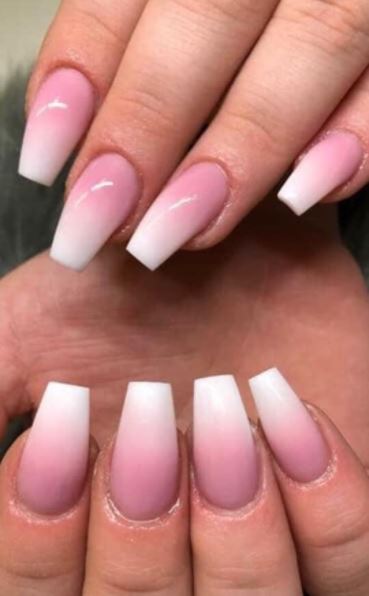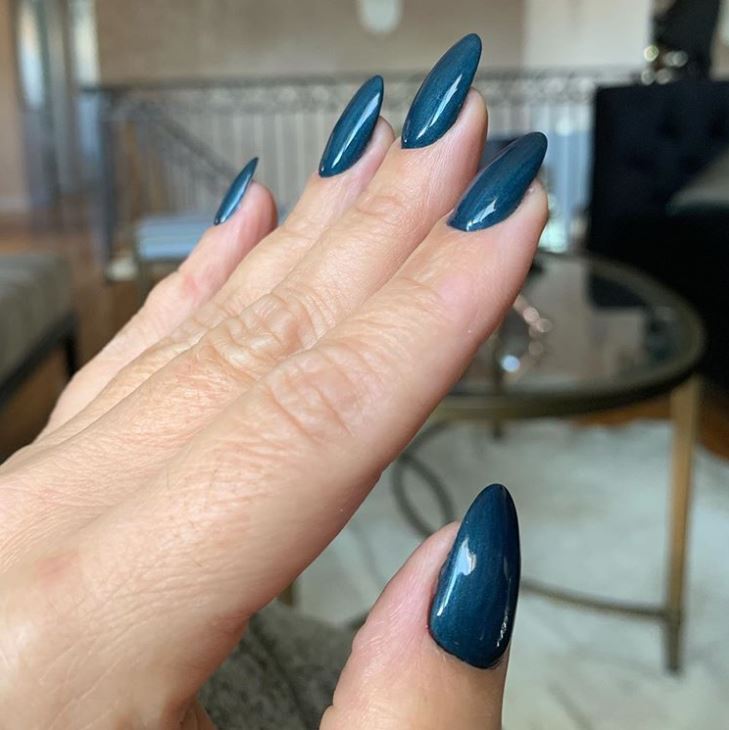
Polygel is a flexible, lightweight nail enhancement product that is applied to the nails to create length, strength, and durability. It comes in a squeezable tube, resembling a thick gel or paste, and is applied using a brush and spatula. The product is then cured under a UV or LED lamp to harden and set. Polygel advantages and disadvantages are many, read on.

Advantages of Polygel
Polygel offers several advantages over traditional nail enhancement techniques, making it a popular choice for both professional nail technicians and clients.
Lightweight and Flexible: Polygel is lighter than acrylics, reducing the stress on natural nails. It offers flexibility, which helps prevent cracking and lifting, ensuring a more comfortable and durable experience.
Ease of Application: Polygel is easy to apply and manipulate, allowing technicians to create intricate designs or simple overlays. It requires less filing compared to acrylics, resulting in less dust and a cleaner work environment.
Odorless: Unlike traditional acrylics, polygel is virtually odorless, making it more pleasant for both clients and technicians. This lack of strong chemical odors contributes to a better salon experience.
Durability: Polygel provides the strength and durability of acrylics, with fewer chances of lifting or breaking. It can withstand everyday wear and tear, making it a long-lasting option.
Versatility: Polygel can be used for various nail techniques, including overlays, extensions, and nail art. Its flexibility allows for creative freedom and experimentation.
Low Heat: When cured, polygel emits less heat compared to some gels, reducing the discomfort clients might experience during the curing process.

Disadvantages of Polygel
Despite its numerous advantages, polygel has a few potential drawbacks that users should be aware of.
Cost: Polygel products and kits can be more expensive than traditional acrylics or gels. This increased cost might impact both nail technicians and clients.
Learning Curve: While polygel is easier to apply than acrylics, it still requires some skill and practice. Nail technicians need to master the proper technique to achieve optimal results.
UV/LED Curing: Polygel requires curing under a UV or LED lamp, which may concern some clients due to UV exposure. However, the risk is generally low, and LED lamps emit less UV radiation.
Availability: Polygel products are relatively new, so they might not be as widely available as traditional nail enhancement products in some regions.
Limited Brand Options: As a newer product, the selection of polygel brands may be limited compared to other nail products, affecting availability and variety.

Conclusion
Polygel is a versatile and innovative nail enhancement product that combines the best of gel and acrylic techniques. Its lightweight, flexible, and odorless nature makes it a favorite among nail enthusiasts. However, its cost, learning curve, and UV/LED curing requirements are potential drawbacks to consider. Polygel advantages and disadvantages are many, ultimately, polygel’s advantages generally outweigh its disadvantages, making it a popular choice for nail technicians and clients seeking durable, stylish nails.

